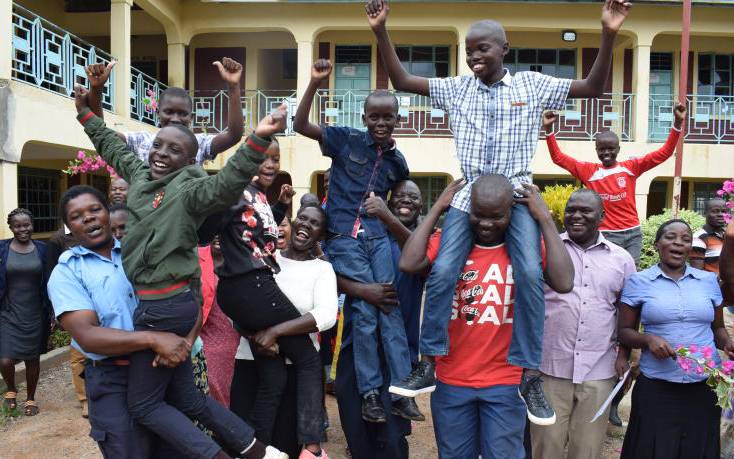×
The Standard e-Paper
Smart Minds Choose Us

The community of Janeiro Junior Academy in Homa Bay County congratulates candidates who secured chances in national schools on December 4, 2019. There is an outcry among teachers and parents in Homa Bay County over KCPE candidates who were not called to schools they chose before the examinations. [James Omoro, Standard]
Headteachers are grappling with growing demand by parents seeking to transfer their children who were selected to join far-flung secondary schools.